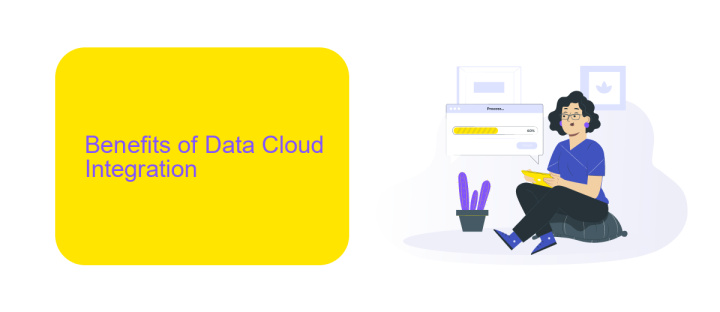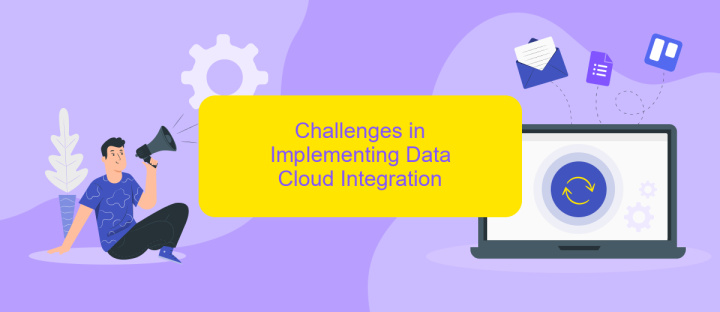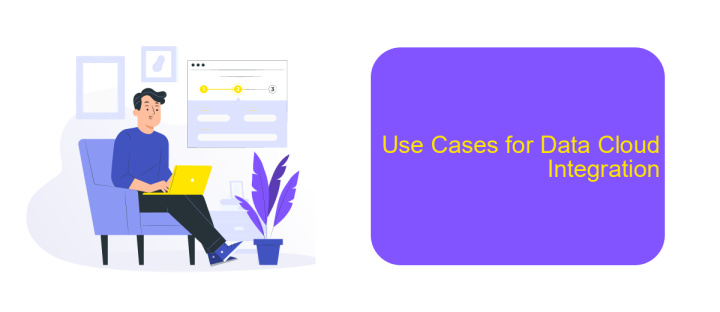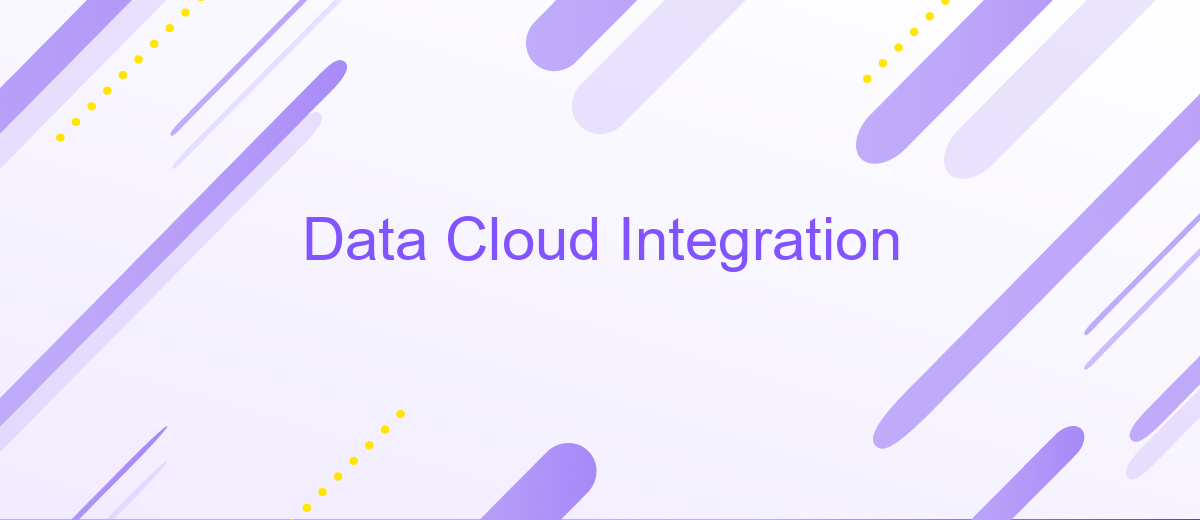Data Cloud Integration
Data Cloud Integration is revolutionizing the way businesses manage and utilize their data. By seamlessly connecting disparate data sources into a unified cloud ecosystem, organizations can enhance data accessibility, improve decision-making, and drive innovation. This article explores the key benefits, challenges, and best practices for implementing effective data cloud integration strategies to stay competitive in today's data-driven world.
Introduction to Data Cloud Integration
Data Cloud Integration refers to the process of combining data from various sources into a unified, cloud-based system. This integration allows businesses to streamline their data management, improve accessibility, and enhance data analytics capabilities. By leveraging cloud technology, organizations can ensure that their data is always up-to-date, secure, and available for real-time decision-making.
- Centralized data management
- Enhanced data security
- Real-time data accessibility
- Improved data analytics
- Scalability and flexibility
One of the key tools for achieving efficient Data Cloud Integration is ApiX-Drive. This service simplifies the process of connecting various data sources and automating data workflows. With ApiX-Drive, businesses can easily integrate their CRM, marketing platforms, and other applications, ensuring seamless data flow and reducing manual intervention. As a result, companies can focus more on data-driven strategies and less on managing data silos.
Benefits of Data Cloud Integration

Data Cloud Integration offers numerous benefits, starting with enhanced data accessibility. By integrating data across various cloud platforms, organizations can ensure that their teams have real-time access to critical information, regardless of their location. This streamlined access not only boosts productivity but also facilitates better decision-making by providing a comprehensive view of data from different sources.
Moreover, Data Cloud Integration significantly reduces operational costs. By leveraging services like ApiX-Drive, businesses can automate the integration process, eliminating the need for manual data entry and reducing the risk of errors. ApiX-Drive simplifies the connection between disparate systems, enabling seamless data flow and ensuring that all applications are up-to-date. This efficiency translates to cost savings and allows IT teams to focus on more strategic initiatives, further driving business growth.
Challenges in Implementing Data Cloud Integration

Implementing data cloud integration poses several challenges that organizations must navigate to ensure seamless data flow and interoperability. These challenges often stem from the complexity of integrating diverse data sources, maintaining data quality, and ensuring security and compliance.
- Data Source Diversity: Integrating data from various sources, such as on-premises databases, cloud storage, and third-party applications, can be complex due to differing data formats and protocols.
- Data Quality and Consistency: Ensuring that data remains accurate and consistent during the integration process is crucial. Inconsistent data can lead to flawed analytics and decision-making.
- Security and Compliance: Protecting sensitive data and adhering to regulatory requirements are paramount. Organizations must implement robust security measures to prevent data breaches and ensure compliance with regulations like GDPR.
- Integration Tools: Selecting the right tools for integration is essential. Services like ApiX-Drive can simplify the process by providing pre-built connectors and automation features, reducing the technical burden on IT teams.
Addressing these challenges requires a strategic approach, leveraging advanced integration tools, and ensuring continuous monitoring and optimization of the integration processes. By doing so, organizations can achieve efficient and secure data cloud integration, driving better business outcomes.
Use Cases for Data Cloud Integration

Data Cloud Integration offers numerous advantages for businesses, enabling them to streamline operations and enhance data accessibility. By integrating various data sources, organizations can achieve a unified view of their data, which is crucial for informed decision-making.
One of the primary use cases for Data Cloud Integration is in the realm of customer relationship management (CRM). By consolidating customer data from multiple touchpoints, companies can create comprehensive customer profiles, leading to more personalized marketing and improved customer service.
- Real-time data synchronization across different platforms
- Enhanced data analytics and reporting capabilities
- Improved operational efficiency through automation
- Seamless integration of third-party applications
Services like ApiX-Drive facilitate these integrations by providing a user-friendly platform that connects various applications without the need for extensive coding. This allows businesses to automate workflows and ensure that data flows smoothly between systems, ultimately driving productivity and innovation.
Best Practices for Implementing Data Cloud Integration
Implementing Data Cloud Integration requires a strategic approach to ensure seamless data flow and optimal performance. Start by assessing your current data architecture and identifying key integration points. Use scalable and flexible integration platforms such as ApiX-Drive, which simplifies the process of connecting various data sources and applications. Establish clear data governance policies to maintain data quality and consistency across all integrated systems. Regularly monitor and audit data flows to detect and resolve any discrepancies promptly.
Another best practice is to prioritize security and compliance. Implement robust encryption methods and access controls to protect sensitive data during transfer and storage. Ensure that your integration solutions comply with relevant regulations and industry standards. Additionally, consider leveraging automated data integration tools to minimize manual intervention and reduce the risk of errors. ApiX-Drive, for instance, offers automated workflows that streamline data synchronization and enhance operational efficiency. By following these best practices, you can achieve a more efficient and secure data cloud integration process.
FAQ
What is Data Cloud Integration?
Why is Data Cloud Integration important?
How can I integrate different data sources into a cloud platform?
What are the challenges of Data Cloud Integration?
How can automation tools help with Data Cloud Integration?
Apix-Drive is a simple and efficient system connector that will help you automate routine tasks and optimize business processes. You can save time and money, direct these resources to more important purposes. Test ApiX-Drive and make sure that this tool will relieve your employees and after 5 minutes of settings your business will start working faster.

